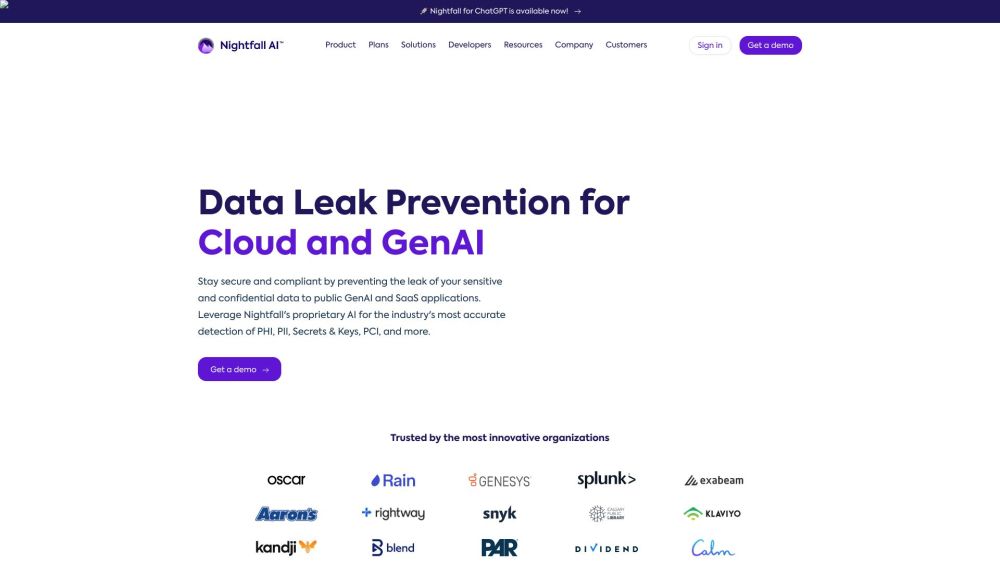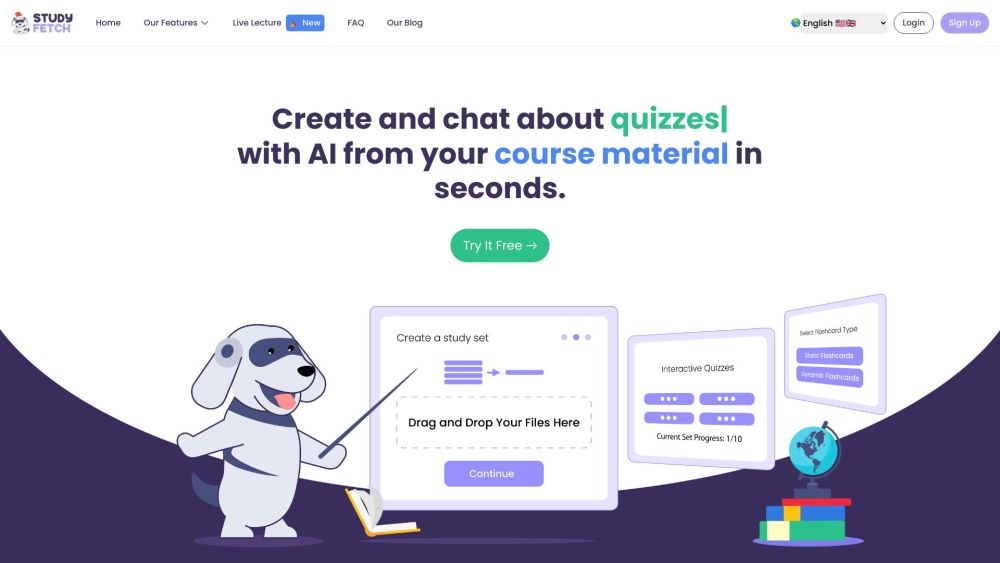OpenAI Expected to Widen Losses: Analysts Highlight AI Model's Role in Driving Business Growth Opportunities
Most people like

Nightfall AI leverages advanced machine learning technology to identify and safeguard sensitive data within SaaS and cloud applications. By prioritizing data protection, Nightfall AI ensures that your information remains secure and compliant.

Elevate your visuals with our professional image upscaling tool, now available for a free trial! Experience high-quality enhancements and discover the difference today.

Superpowered is an AI notetaking solution for meetings, relied on by over 15,000 companies globally. Experience seamless note-taking and enhance productivity with a trusted tool designed to improve your meeting efficiency.
Find AI tools in YBX
Related Articles
Refresh Articles

